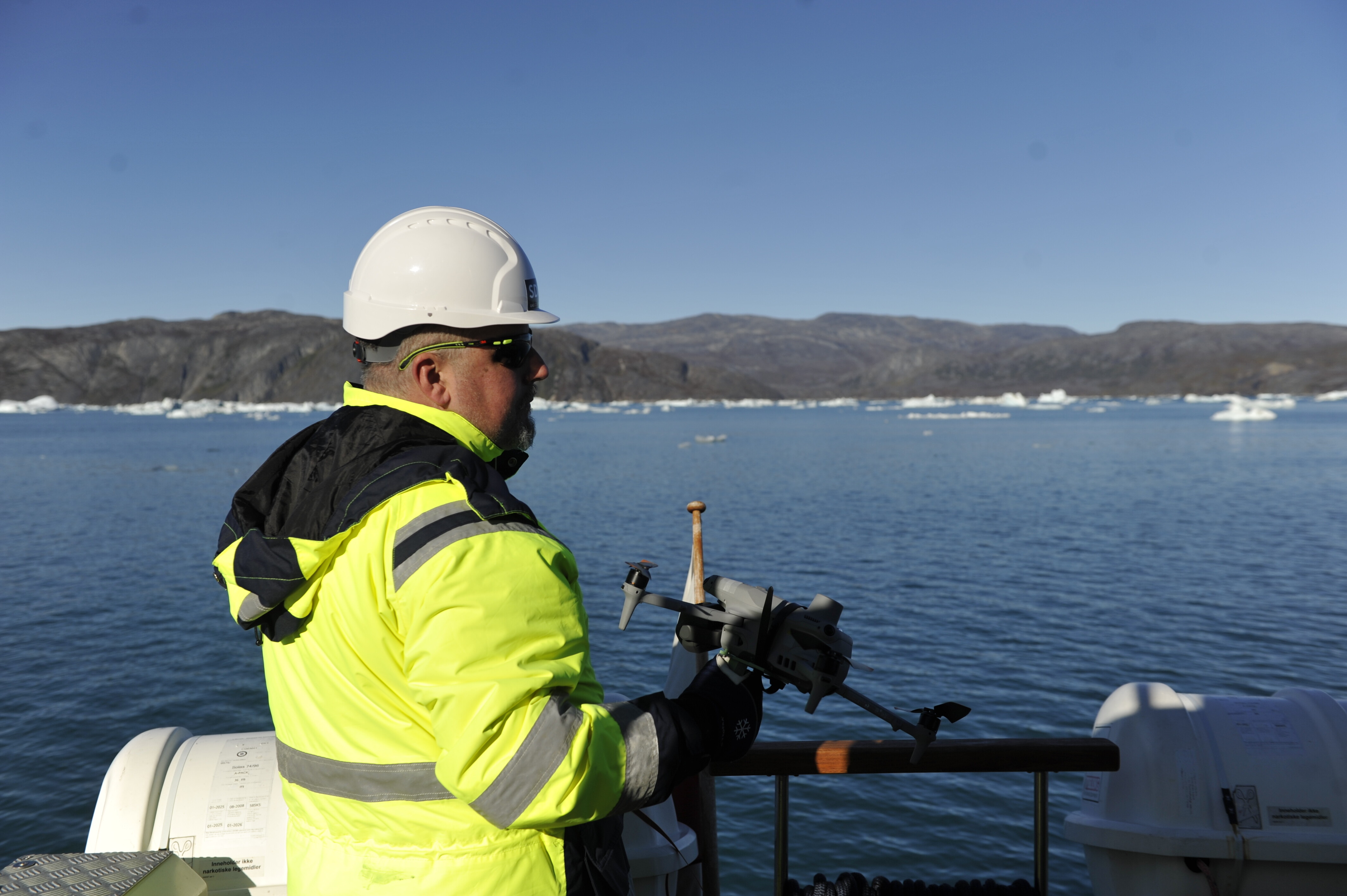The planet’s life-support system

Operate a system past its limits and the system breaks down
Given that today, our economy is bigger than our planet, corrective action is urgently needed. The latest estimates by the World Business Council for Sustainable Development (WBCSD) and the Global Footprint Network indicate that the Earth’s regeneration capacity has been overshot and that we now consume at a rate of 1.5 planets, the equivalent of 50% more per year than what the Earth can restore in that period. The medium-term trend also looks bleak, and it’s predicted that by 2050 we will be consuming at a ratio of 2.3 planets.
Our unsustainable rate of consumption of the Earth’s resources has already significantly impaired some of our natural infrastructure, and we now know that a number of our ecosystems are lost for good, with many others at the point of extinction.
The Amazon: One of the world’s most critical natural infrastructures
The World Economic Forum Global Agenda Council on Biodiversity & Natural Capital is working to minimize the loss of high-value conservation areas, in particular tropical and native forests. These are the backbone of the planet’s natural infrastructure, sustaining the complex ecosystems that act as the factory for many of our critical life-sustaining processes. The services they provide are all essential for our survival and include the generation of biodiversity, oxygen production, nutrients, crop pollination, foods, pharmaceuticals, biochemicals, carbon sequestration, climate regulation, waste decomposition and detoxification, purification of air and water, pest and disease control, among others.
At the World Economic Forum on Latin America, which is taking place in Peru, we’re raising awareness about the opportunities that arise when we care for the Amazon – and the risks we face when we don’t. One of the most biodiverse regions of the world and a sight to behold, the Amazon is a critical global natural infrastructure, acting as a climate regulator, a rain factory, and a carbon sink. It sustains much of Latin America’s agroindustry, its weather, its water and the livelihoods of millions.
Historically, the most important cause of deforestation and forest degradation in the Amazon has been the expansion of cattle ranching, but additional threats have emerged. The expansion of soy cultivation is driving the ranchers deeper into the forest, making it a significant indirect cause of deforestation. The increasing demand for soy, meat, biofuels and other vegetable raw materials is also leading to significant deforestation. If 30% to 40% of the forest cover were to disappear, it is expected that the resulting major, large-scale disruptions would become irreversible. With a rate of 18% deforestation, we are already halfway to this critical level. We need to take urgent action to avoid reaching the ecological tipping point.
Author: Leo Schlesinger is Chief Executive Officer and Country Head of Masisa Mexico Organization and a member of the World Economic Forum’s Global Agenda Council on Biodiversity and Natural Capital
Image: A boat is seen navigating in the Amazon REUTERS/Enrique Castro-Mendivil
Don't miss any update on this topic
Create a free account and access your personalized content collection with our latest publications and analyses.
License and Republishing
World Economic Forum articles may be republished in accordance with the Creative Commons Attribution-NonCommercial-NoDerivatives 4.0 International Public License, and in accordance with our Terms of Use.
The views expressed in this article are those of the author alone and not the World Economic Forum.
Stay up to date:
Latin America
Related topics:
Forum Stories newsletter
Bringing you weekly curated insights and analysis on the global issues that matter.
More on Climate Action and Waste Reduction See all
Jane Thoning Callesen
November 18, 2025







